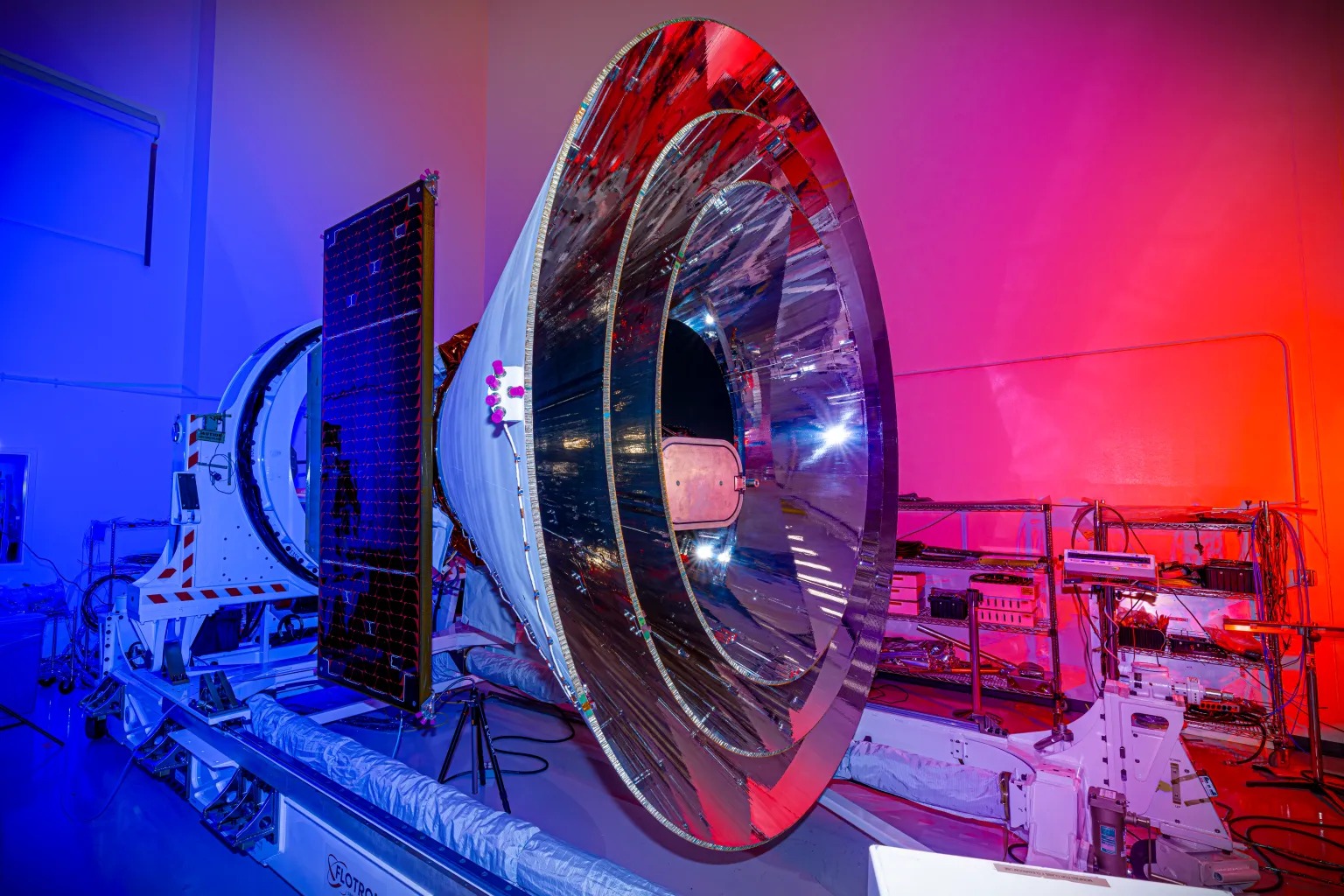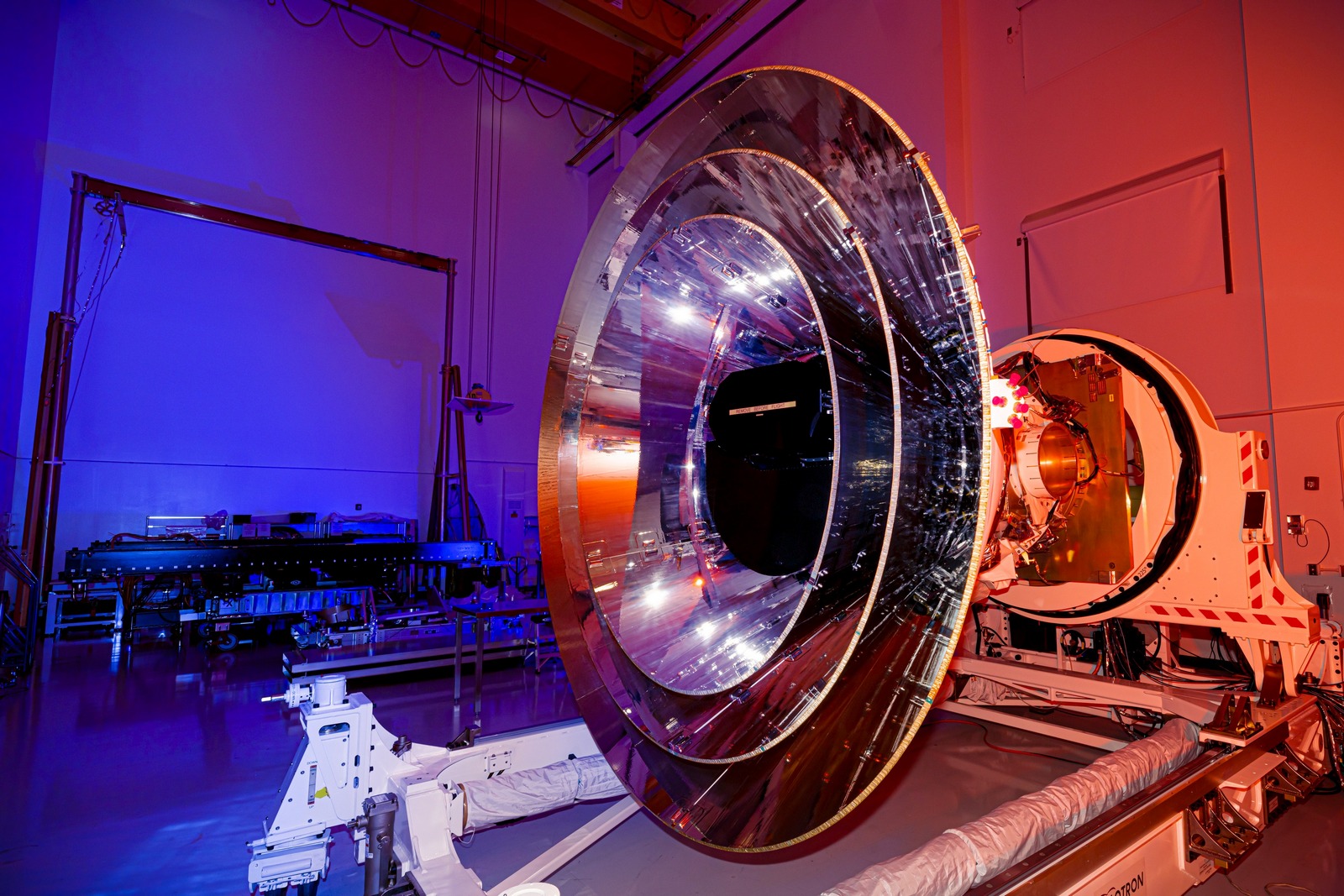The launch of NASA’s SPHEREx mission, which is scheduled for next month, is approaching. The mission’s goal is to study the sky in the optical and near-infrared spectra from low-Earth orbit. NASA recently published a video showing the processes of preparing SPHEREx for launch. It shows team members explaining the complex and demanding testing procedures that ensure the readiness of the space telescope.
The video demonstrates testing in BAE’s Titan thermal vacuum chamber. “In orbit, SPHEREx will encounter heat from the sun and cold in the shade, and this camera helps replicate those conditions” explained Farah Alibay, an engineer at NASA’s Jet Propulsion Laboratory.

SPHEREx, which stands for Spectro-Photometer for the History of the Universe, Epoch of Reionization and Ices Explorer , will provide a glimpse into the past to explore events after the Big Bang. Because light from distant objects takes millions or billions of years to reach Earth, SPHEREx allows us to see these objects as they were when the light was emitted. The mission will also explore the evolution of galaxies and search for water and other chemical elements important for the existence of life.

SPHEREx consists of two main parts: the spacecraft, which contains an on-board computer, communications system, solar array and other components, and the science equipment, which includes a telescope from BAE Systems. The telescope is protected by heat shields that ensure temperature stability.
Farah Alibay is looking forward to the first images obtained by SPHEREx in orbit. “When we get the first space images, all the difficulties and long hours of work will be justified,” she noted.

“We hope that the SPHEREx data will help the scientific community better understand the Universe. Looking into the past is like time travel,” said Brian Pramann, program manager at BAE Systems.
SPHEREx is scheduled to launch on February 27 from Vandenberg Space Force Base in California on a SpaceX Falcon 9 rocket.
Earlier we reported on the most important space missions of 2025.
According to spherex.caltech.edu


